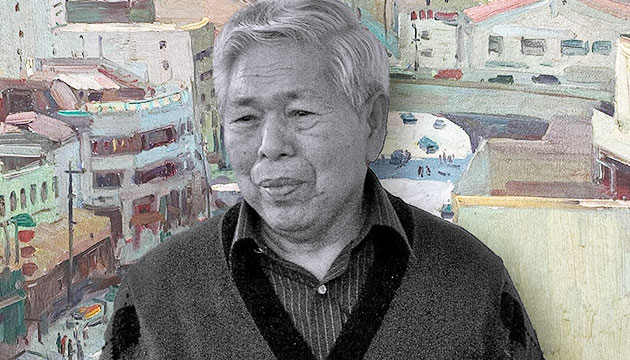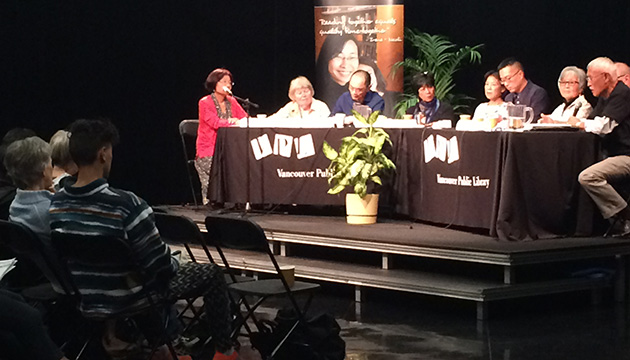January 1, 2025 — Multigenerational households are common in the Philippines.
This type of household has three or more generations living under one roof, bringing together grandparents, their children, and grandkids.
This institution goes back centuries, providing families with several benefits, such as shared financial responsibilities and caregiving supports.
For Filipinos in Canada, the tradition is very much alive in their adopted country.
Filipinos are likely to live in multigenerational households in Canada. Conversely, they are least likely to live alone.
On December 4, 2024, Statistics Canada released a report that provides a look into the household composition of racialized populations in the country based on 2021 Census data.
The report offers interesting details about how Filipinos live.
Among racialized peoples in Canada, Filipinos aged 15 years and older posted one of the highest rates of living in a multigenerational household.
Compared to six percent of the total Canadian population living in a multigenerational household, Filipinos notch 13 percent, which is more than double the national rate.
South Asians post the highest rate at 19.8 percent, with Filipinos coming second at 13 percent, and Southeast Asian people, a close 12.9 percent.
“People in these same three groups were also more likely to be in a multiple-census-family household, as well as in a one-census-family household with additional persons,” Statistics Canada reported.
By definition, multiple-census-family household excludes persons in multigenerational households, and may include additional persons not part of a census family.
The Vanier Institute of the Family is an Ottawa-based think tank committed to enhancing family wellbeing.
On July 28, 2022, the group released a report titled “Sharing a Roof: Multigenerational Homes in Canada”.
The report authored by Nathan Battams noted the rise of multigenerational households.
“While every family is multigenerational, multigenerational households (those housing three or more generations) have not been a dominant living arrangement in Canada,” the report stated.
However, census data show that multigenerational living has “become the fastest growing census family household type in recent decades”.
“Multigenerational households have always been a part of Canada’s family landscape, but a variety of factors have contributed to their recent growth. These include personal choice, socioeconomic circumstances, population aging, cultural preferences, and the increasingly complex nature of family living arrangements.”
The report noted that multigenerational households are increasing faster than all census family household types.
“According to the 2021 Census, there were nearly 442,000 multigenerational households in Canada. These only account for 2.9% of all private households but are now home to 2.4 million people, or 6.4% of the total population.”
Moreover, “Multigenerational households have increased in number by 50% since 2001 – much higher than the overall increase of 30%.”
Further, a growing number of children aged 14 and under are living with grandparents.
“In 2021, 9% of children aged 14 and under (517,000) lived with at least one grandparent, up from 3.3% in 2001. More than 9 in 10 of these children (93%) are living in multigenerational households.”
The report noted that housing cost is one of the reasons for the increase in multigenerational households.
“In 2021, nearly one in five Canadians (19.5%) reported spending 30% or more of their income on housing (the threshold for what constitutes “unaffordable housing” in Canada12). The average price of a home in Canada was nearly $666,000 in Canada in June 2022 and is as high as $1.2 million in Greater Vancouver and Greater Toronto.”
Going back to the December 4, 2024 report by Statistics Canada, the paper noted that among the racialized population aged 15 years and older, 7.1 percent were in a household with two or more unrelated persons, also known as a roommate household.
Meanwhile, 8.3 percent of racialized peoples were living alone.
“By comparison, the proportions of these two types of households were 5.1% and 14.5% respectively for the total Canadian population aged 15 years and older. Among the racialized groups, the Filipino (4.2%), South Asian (4.6%) and Southeast Asian (7.7%) populations posted the lowest shares of people living alone.”
As for one-parent households with people aged 15 years and older, this type of living was more common among the Black population (18 percent).
By comparison, the proportion of people in one-parent households was lower among the South Asian (4.1 percent), Filipino (6.3 percent) and Chinese (7.6 percent) populations.
Further, the proportion of the total Canadian population in that same age group that was part of a one-parent-family household was 8.2 percent, based on the 2021 Census.













